The Binomial Theorem
[include_netrun_products_block from-products="product/ged-math-workbook-comprehensive-math-practices-and-solutions-the-ultimate-test-prep-book-with-two-full-length-practice-tests/" product-list-class="bundle-products float-left" product-item-class="float-left" product-item-image-container-class="p-0 float-left" product-item-image-container-size="col-2" product-item-image-container-custom-style="" product-item-container-size="" product-item-add-to-cart-class="btn-accent btn-purchase-ajax" product-item-button-custom-url="{{url}}/?ajax-add-to-cart={{id}}" product-item-button-custom-url-if-not-salable="{{productUrl}} product-item-container-class="" product-item-element-order="image,title,purchase,price" product-item-title-size="" product-item-title-wrapper-size="col-10" product-item-title-tag="h3" product-item-title-class="mt-0" product-item-title-wrapper-class="float-left pr-0" product-item-price-size="" product-item-purchase-size="" product-item-purchase-wrapper-size="" product-item-price-wrapper-class="pr-0 float-left" product-item-price-wrapper-size="col-10" product-item-read-more-text="" product-item-add-to-cart-text="" product-item-add-to-cart-custom-attribute="title='Purchase this book with single click'" product-item-thumbnail-size="290-380" show-details="false" show-excerpt="false" paginate="false" lazy-load="true"]

The binomial theorem primarily helps to find the symbolic value of the algebraic expression of the form \((x + y)^n\). For additional educational resources, .
Related Topics
- How to Solve Infinite Geometric Series
- How to Solve Geometric Sequences
- How to Solve Arithmetic Sequences
A step-by-step guide to the binomial theorem
According to the binomial theorem, it is possible to expand any non-negative power of binomial \((x + y)\) into a sum of the form, \((x+y)^n=\begin{pmatrix}n\\ 0\end{pmatrix}x^n y^0+ \begin{pmatrix}n\\ 1\end{pmatrix}x^{n-1} y^1 + \begin{pmatrix}n\\ 2\end{pmatrix}x^{n-2} y^2+…+ \begin{pmatrix}n\\ n-1\end{pmatrix}x^1 y^{n-1}+ \begin{pmatrix}n\\ n\end{pmatrix}x^0 y^n\)
where \(n≥0\) is an integer and each \(\begin{pmatrix}n\\k\end{pmatrix}\) is a positive integer known as a binomial coafficient.
Note: When power is zero, the corresponding power expression is \(1\).
Using summation notation, the binomial theorem can be given as:
\(\color{blue}{(x+y)^n=\sum _{k=0}^n\: \begin{pmatrix}n\\k\end{pmatrix} x^{n-k}y^{k}}\) \(\color{blue}{= \sum _{k=0}^n\: \begin{pmatrix}n\\k\end{pmatrix} x^{k}y^{n-k}}\)
The binomial theorem formula
The binomial theorem formula helps to expand a binomial that has been increased to a certain power. The binomial theorem states: if \(x\) and \(y\) are real numbers, then for all \(n ∈ N\):
\(\color{blue}{(x+y)^n=\sum _{r=0}^n\: (^nC_r)x^{n-r}y^{r}}\)
where, \(\color{blue}{^nC_r}\)\(\color{blue}{=\frac{n!}{r!(n-r)!}}\)
Properties of the binomial theorem
- The number of coefficients in the binomial expansion of \((x+y)^n\) is equal to \((n+1)\).
- In the expansion of \((x+y)^n\),there are \((n+1)\) terms.
- The first and the last terms are \(x^n\) and \(y^n\) respectively.
- From the beginning of the expansion, the powers of \(x\) decrease from \(n\) to \(0\), and the powers of \(a\) increase from \(0\) to \(n\).
- The general term in the expansion of \((x + y)^n\) is the \((r +1)^{th}\) term that can be represented as \(T_{r+1}\), \(T_{r+1}=\)\(^nC_r\)\(x^{n-r}y^r\)
- The binomial coefficients in the expansion are arranged in an array called the Pascal triangle. This developed model can be summarized with a binomial theorem formula.
- In the binomial expansion of \((x+y)^n\), the \(r^{th}\) term from the end is \((n-r+2)^{th}\) term from the beginning.
- If \(n\) is odd, then in \((x + y)^n\), the middle terms are \(\frac{(n+1)}{2}\) and \(\frac{(n+3)}{2}\).
- If \(n\) is even, then in \((x + y)^n\), the middle term \(=(\frac{n}{2})+1\)
The Binomial Theorem – Example 1:
Expand \((x+2)^5\) using the binomial theorem.
Use this formula to expand: \(\color{blue}{(x+y)^n=\sum _{k=0}^n\: \begin{pmatrix}n\\k\end{pmatrix} x^{n-k}y^{k}}\)
\(=\sum _{k=0}^5\: \begin{pmatrix}5\\k\end{pmatrix}x^{(5-k)}.2^k\)
\((x+2)^5=\frac{5!}{0!(5-0)!}x^5.2^0+ \frac{5!}{1!(5-1)!}x^4.2^1+ \frac{5!}{2!(5-2)!}x^3.2^2+ \frac{5!}{3!(5-3)!}x^2.2^3+ \frac{5!}{4!(5-4)!}x^1.2^4+ \frac{5!}{5!(5-5)!}x^0.2^5 \)
\(x^5+10x^4+40x^3+80x^2+80x+32\)
Exercise for the Binomial Theorem
Find binomial expansion by using the binomial theorem.
- \(\color{blue}{\left(x^2+4\right)^4}\)
- \(\color{blue}{\left(2x+3x^2\right)^5}\)
- \(\color{blue}{\left(2x+5\right)^3}\)
- \(\color{blue}{x^8+16x^6+96x^4+256x^2+256}\)
- \(\color{blue}{32x^5+240x^6+720x^7+1080x^8+810x^9+243x^{10}}\)
- \(\color{blue}{8x^3+60x^2+150x+125}\)
Related to This Article
More math articles
- Top 10 6th Grade ACT Aspire Math Practice Questions
- FREE 7th Grade MAP Math Practice Test
- How Digital Interaction Builds Smarter Students
- 10 Most Common 7th Grade NYSE Math Questions
- How to Use Number Lines to Graph Fractions as Decimals
- How to Find 3D Shapes Nets?
- Top 10 Accuplacer Math Prep Books (Our 2023 Favorite Picks)
- An In-depth Exploration of How to Find the Codomain
- 10 Most Common 5th Grade PARCC Math Questions
- CLEP College Mathematics Formulas

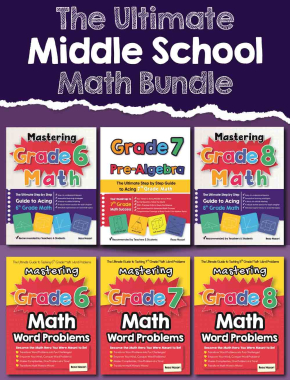
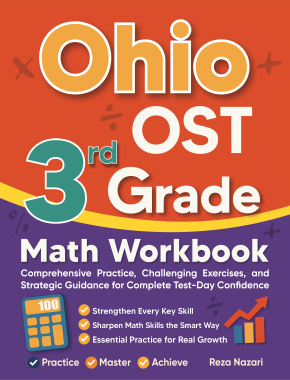

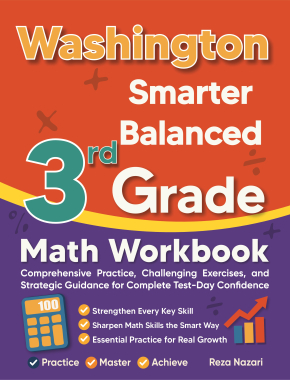

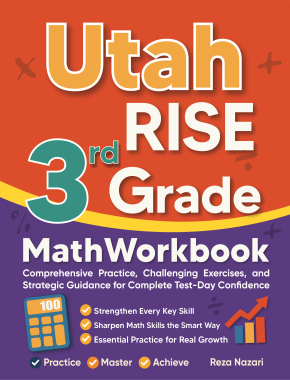
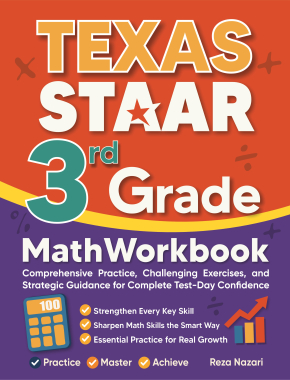
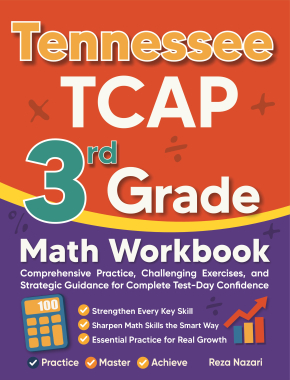
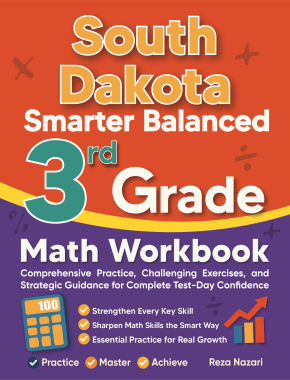
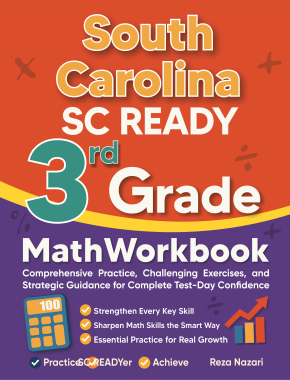
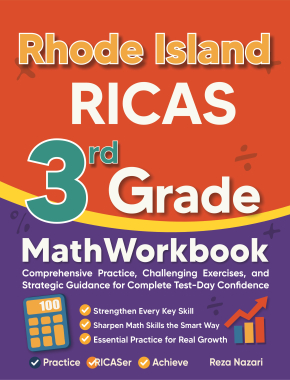

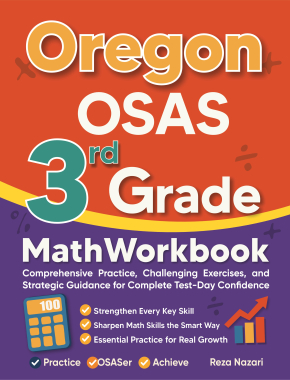
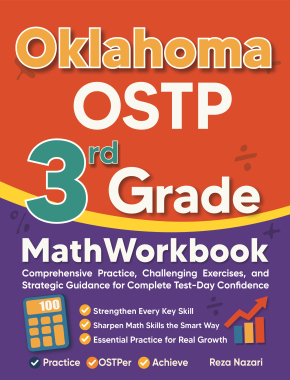
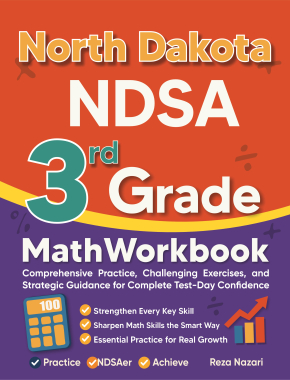
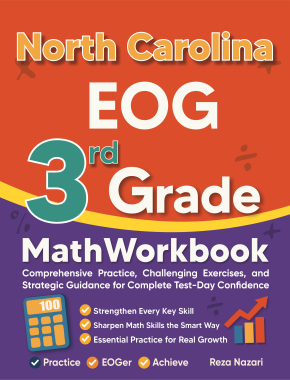




















What people say about "The Binomial Theorem - Effortless Math: We Help Students Learn to LOVE Mathematics"?
No one replied yet.